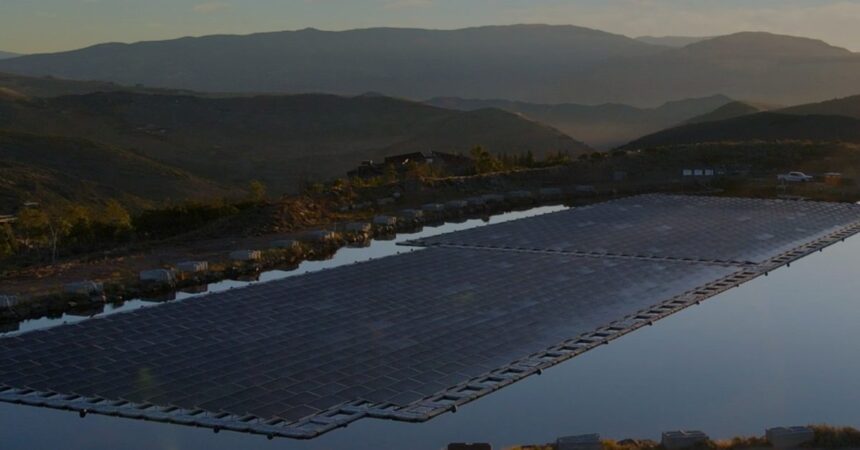Renewable energy sources continue to make significant strides in the United States, with a 30.1% share of total utility-scale electrical generating capacity, according to the latest data from the Federal Energy Regulatory Commission (FERC). Solar energy, in particular, has been a standout performer, accounting for nearly 100% of all new generating capacity added in August. In fact, renewable energy sources, including biomass, geothermal, hydropower, solar, and wind, have contributed to over 90.1% of the total electrical generating capacity added in the first eight months of 2024.
Solar energy has been a driving force behind the growth of renewables, with 29 units of solar totaling 1,404 megawatts (MW) being added in August alone. Natural gas provided the remaining balance of new generating capacity for the month. Overall, solar and wind have added a combined total of 16,546 MW and 2,270 MW, respectively, in the first eight months of the year. This represents a significant increase compared to the previous year, with solar accounting for 78.3% of all new generation placed into service during this period.
The growth of solar and wind energy has propelled them to constitute over one-fifth (21.0%) of the US’s total installed utility-scale generating capacity, with wind at 11.74% and solar at 9.21%. However, it is important to note that approximately 30% of US solar capacity comes from small-scale systems such as rooftop installations, which are not reflected in FERC’s data. When factoring in small-scale solar capacity, the share provided by solar and wind combined would be even closer to a quarter of the US total.
With the inclusion of hydropower, biomass, and geothermal energy, renewables now hold a 30.1% share of total US utility-scale generating capacity. Solar energy, in particular, has surpassed both nuclear power and hydropower in terms of its share of total available installed utility-scale generating capacity, now comprising 9.2%.
Looking ahead, the growth trajectory of renewables, including small-scale solar systems, is on track to exceed that of natural gas within the next three years. FERC reports that there may be as much as 212,412 MW of net new solar additions in the pipeline, along with significant additions in wind, hydropower, geothermal, and biomass energy. This suggests that renewables’ share of total installed capacity could exceed 40%, while natural gas’ share would drop to about 37% by late summer 2027.
In conclusion, solar energy continues to lead the way in providing new generating capacity in the US, with a promising outlook for the future. The growth of renewables, driven by solar and wind energy, is reshaping the landscape of the energy sector and paving the way for a more sustainable future.






